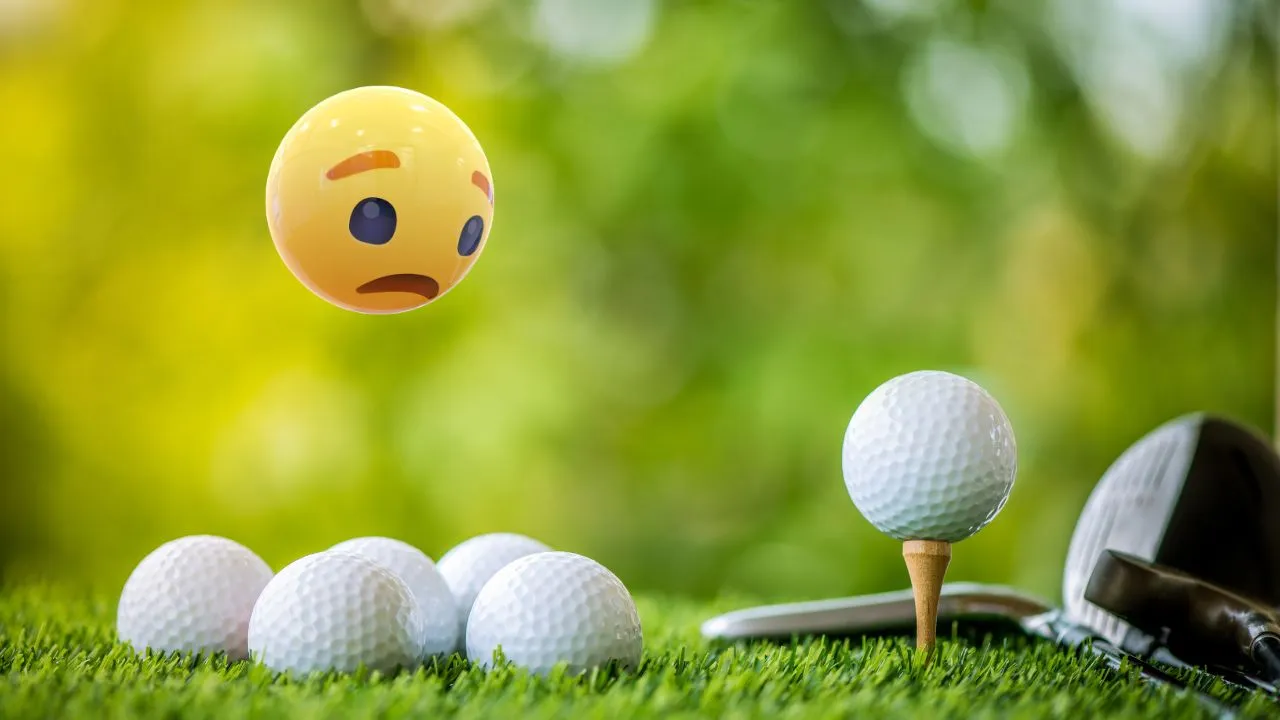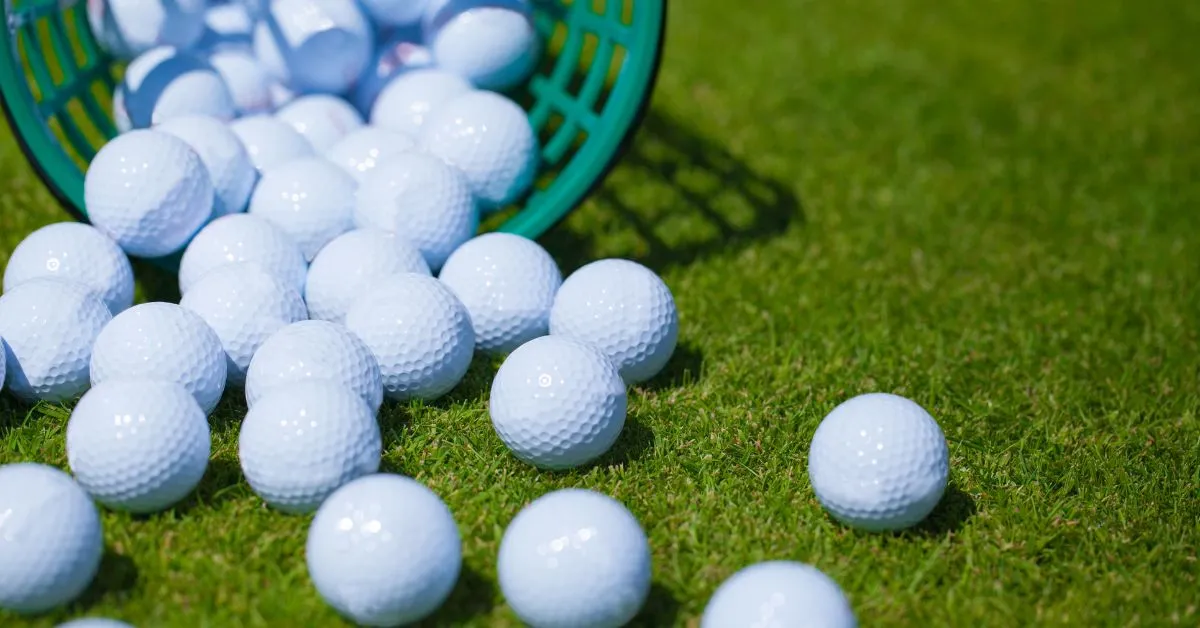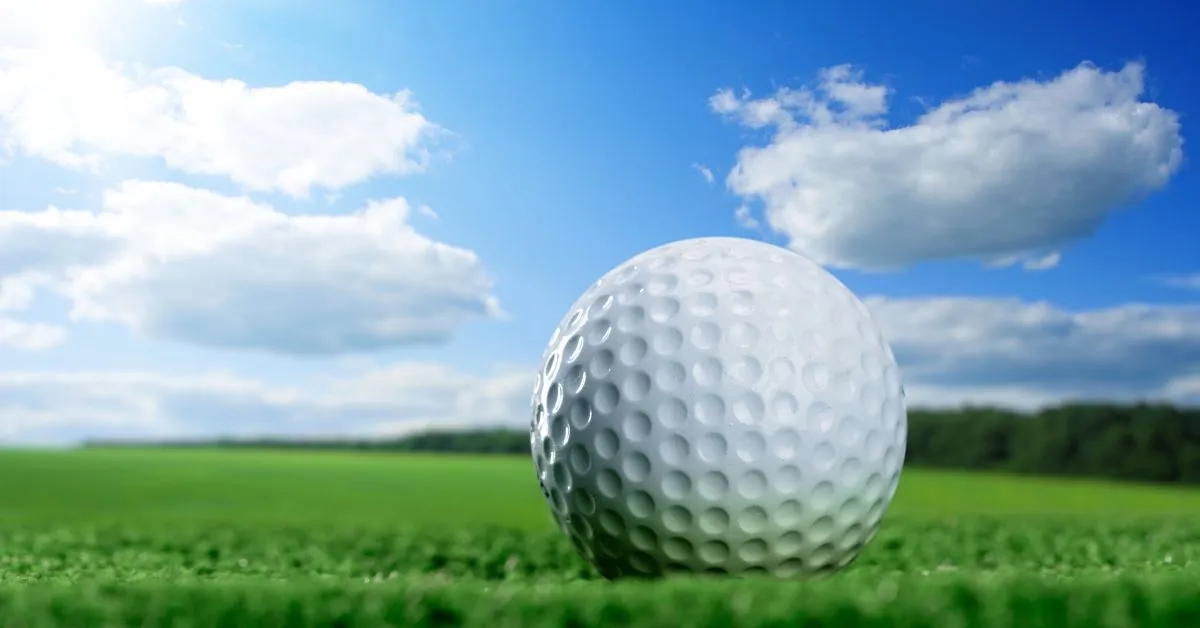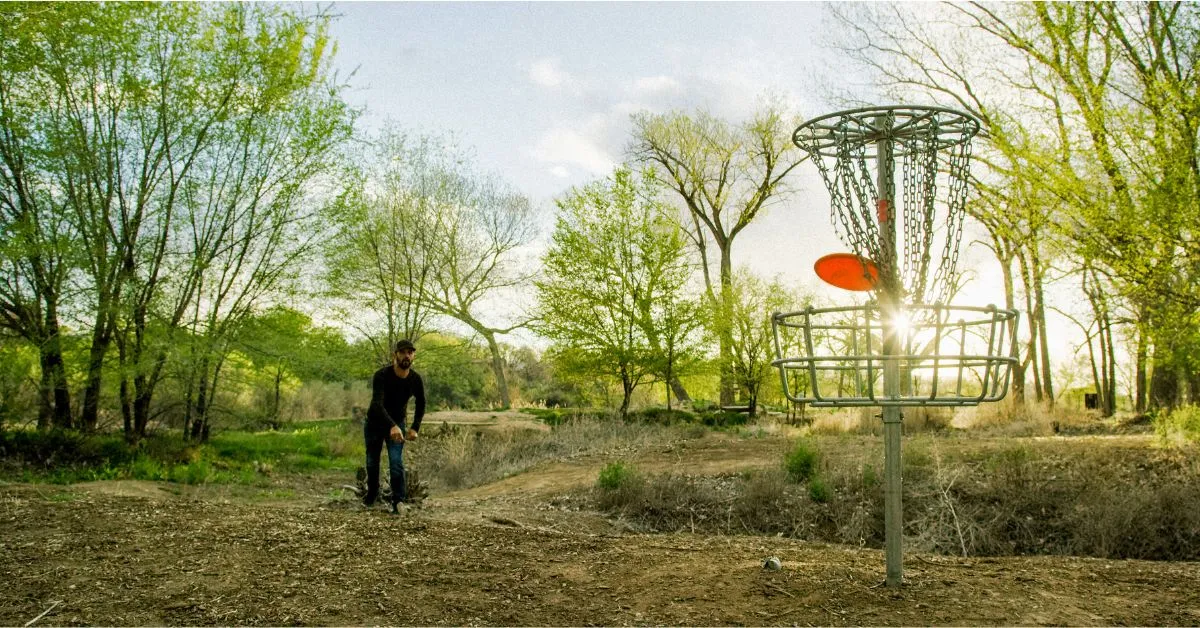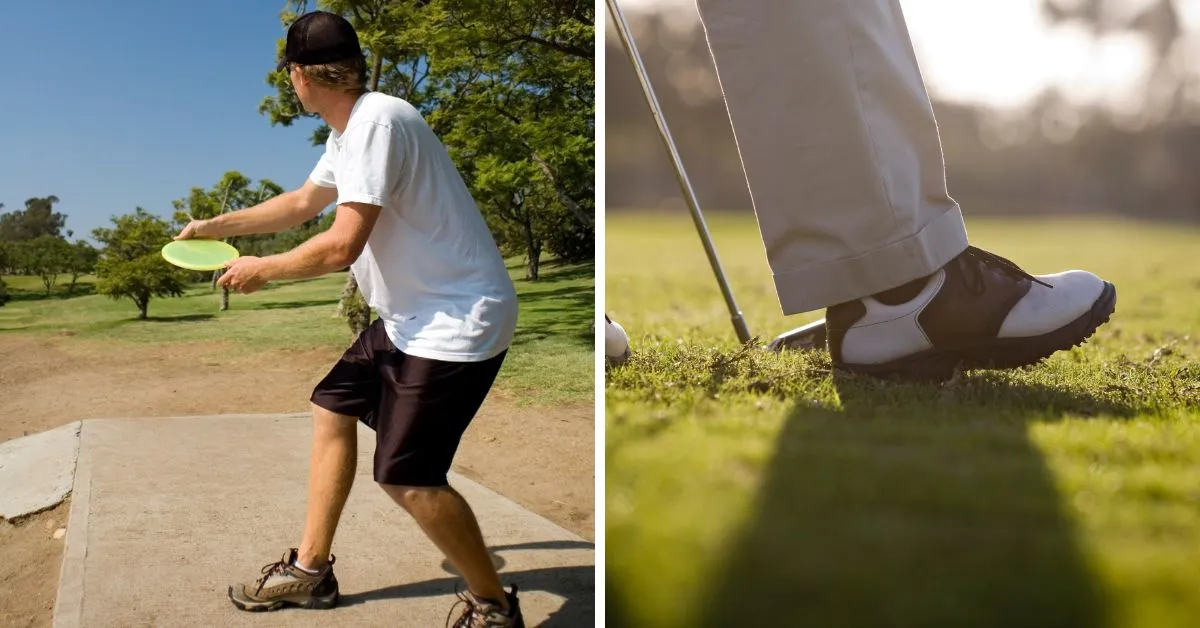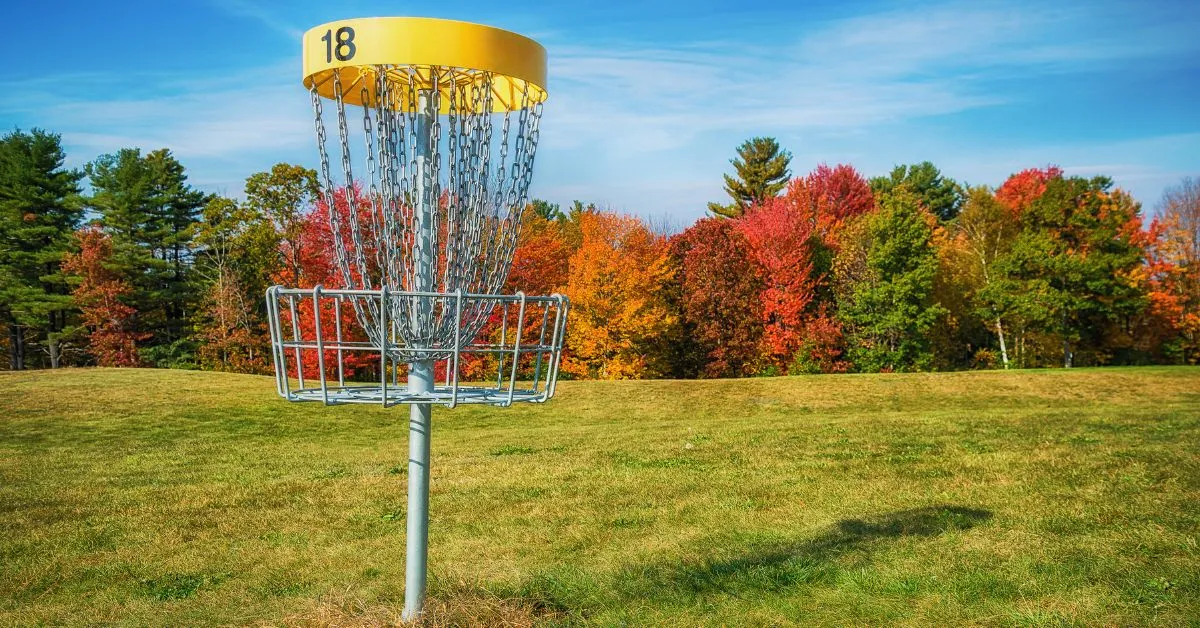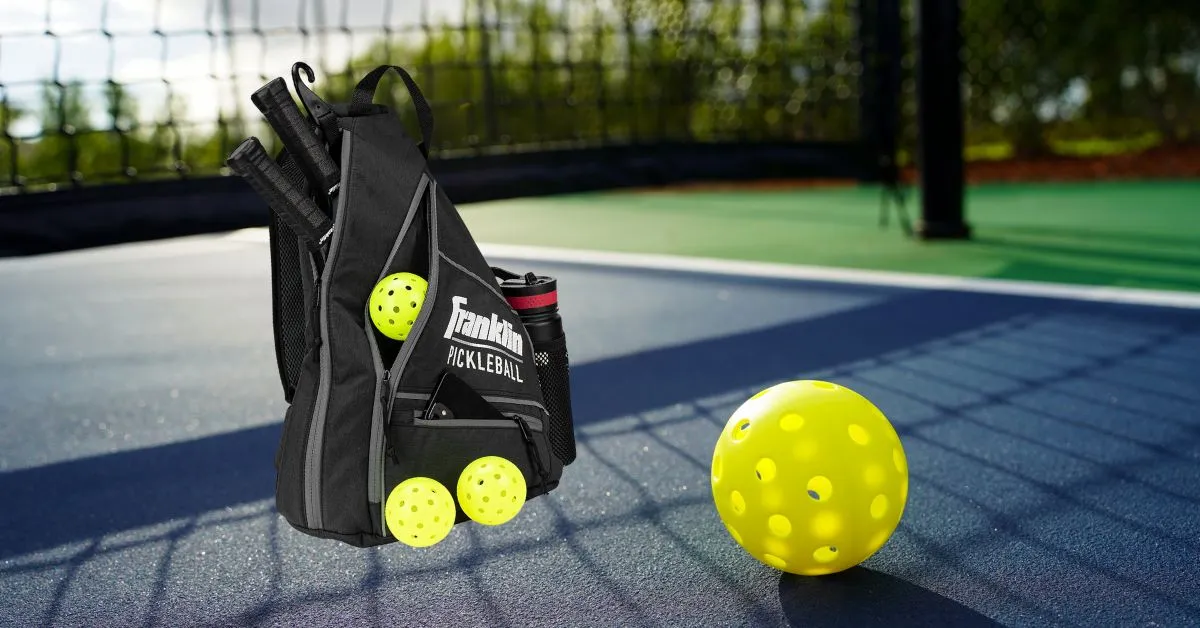Table of Contents
Golf is a game of precision and skill, and choosing the right equipment is crucial to your performance on the course. One of the most important decisions a golfer can make is selecting the right golf ball. With a myriad of options available, it can be overwhelming to determine which ball will best suit your game. This comprehensive guide will help you navigate the world of golf balls, ensuring you make an informed choice that will enhance your play.
Key Takeaways:
- Understand the different types of golf balls and their characteristics.
- Learn how swing speed and playing style influence golf ball selection.
- Discover the importance of golf ball construction and how it affects performance.
With detailed and rigorous research, we provide our readers with the finest recommendations. Our recommendations are our opinions. Our cause is backed by reader support- for every click made through one of our affiliates links, a commission may be earned at no extra expense to you! As an Amazon Associate, Reviewsopedia may earn a commission from qualifying purchases. Thank you and enjoy!
The Importance of Ball Selection
Choosing the right golf ball is as crucial as selecting the right golf clubs. The ball you play with can significantly impact your game, affecting everything from distance to control. Advanced golfers and beginners alike need to understand that the perfect golf ball for one player might not be the best choice for another. It's about finding the ball that complements your individual playing style and abilities.
Types of Golf Balls
Golf balls come in various constructions, including one piece balls, two piece balls, three piece balls, and four piece balls. Each type of ball offers different benefits. For instance, one piece balls are typically used on driving ranges and are known for their durability, while two piece balls are designed to maximize distance with more control. Three and four piece balls are often preferred by advanced golfers for their spin characteristics and nuanced performance.
Compression: High vs. Low
The compression of a golf ball, which refers to how tightly the ball is wound, can affect how the ball compresses upon impact and subsequently how far it will travel. High compression golf balls are generally suited for those with faster swing speeds, as they require a stronger hit to compress fully. Conversely, low compression golf balls are better for players with slower swing speeds, as they compress more easily, helping to maximize distance.
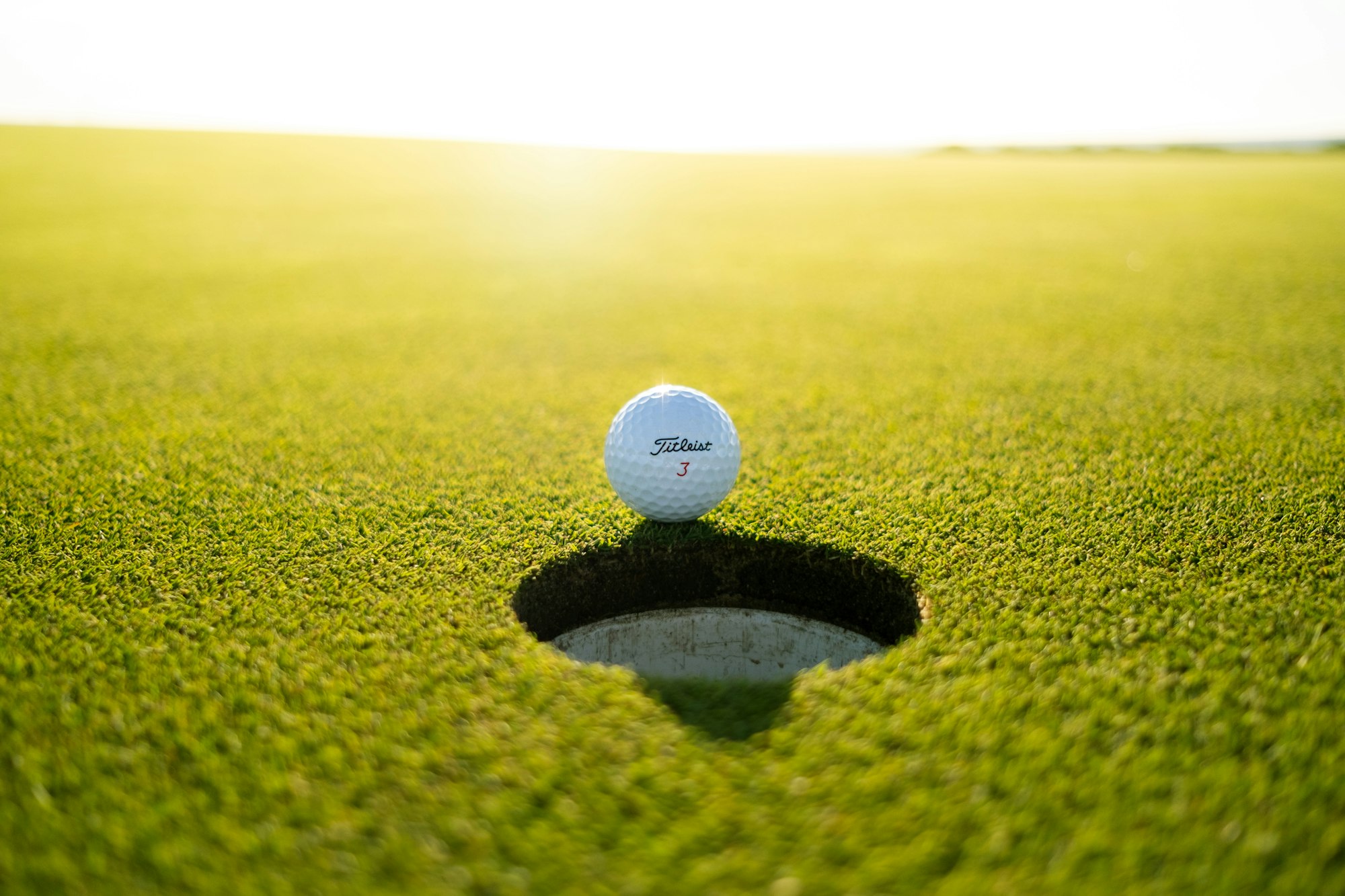
Swing Speed Matters
Your swing speed is a critical factor when choosing the right golf ball. Golfers with faster swing speeds will benefit from high compression golf balls, such as the Titleist Pro V1, which can withstand the force and offer less spin off the tee. Those with moderate swing speeds might find mid compression balls to be the best fit, while players with slow swing speeds should look for low compression balls that will compress more readily and travel further.
Soft vs. Hard Golf Balls
The feel of a golf ball is often described as either soft or hard. Soft golf balls, like the Callaway Chrome Soft, provide a softer feel and are typically easier to compress, making them a popular choice for players with slower swing speeds. Hard golf balls, on the other hand, offer a firmer feel and are usually preferred by players with faster swing speeds who are looking to maximize distance.
Golf Ball Covers: Surlyn vs. Urethane
The cover of a golf ball can greatly influence its performance. Surlyn covers are known for their durability and are commonly found on two piece balls. They offer less spin and more distance. Urethane covers, typically used on premium golf balls, provide more spin control and a softer feel, which can be advantageous for approach shots and short game spin.
Spin: More or Less?
Spin rates are a vital aspect to consider. Golfers looking for more control around the greens will want a ball with higher spin characteristics, such as premium balls with urethane covers. Those seeking to minimize hooks and slices may prefer a ball with lower spin rates, which can also help achieve a lower ball flight for added distance.
The Role of Dimples
Dimples on a golf ball reduce air resistance and influence the trajectory and stability of the ball's flight. Different patterns and sizes can affect the aerodynamics, so it's worth considering the dimple design when choosing the right golf ball for your game.
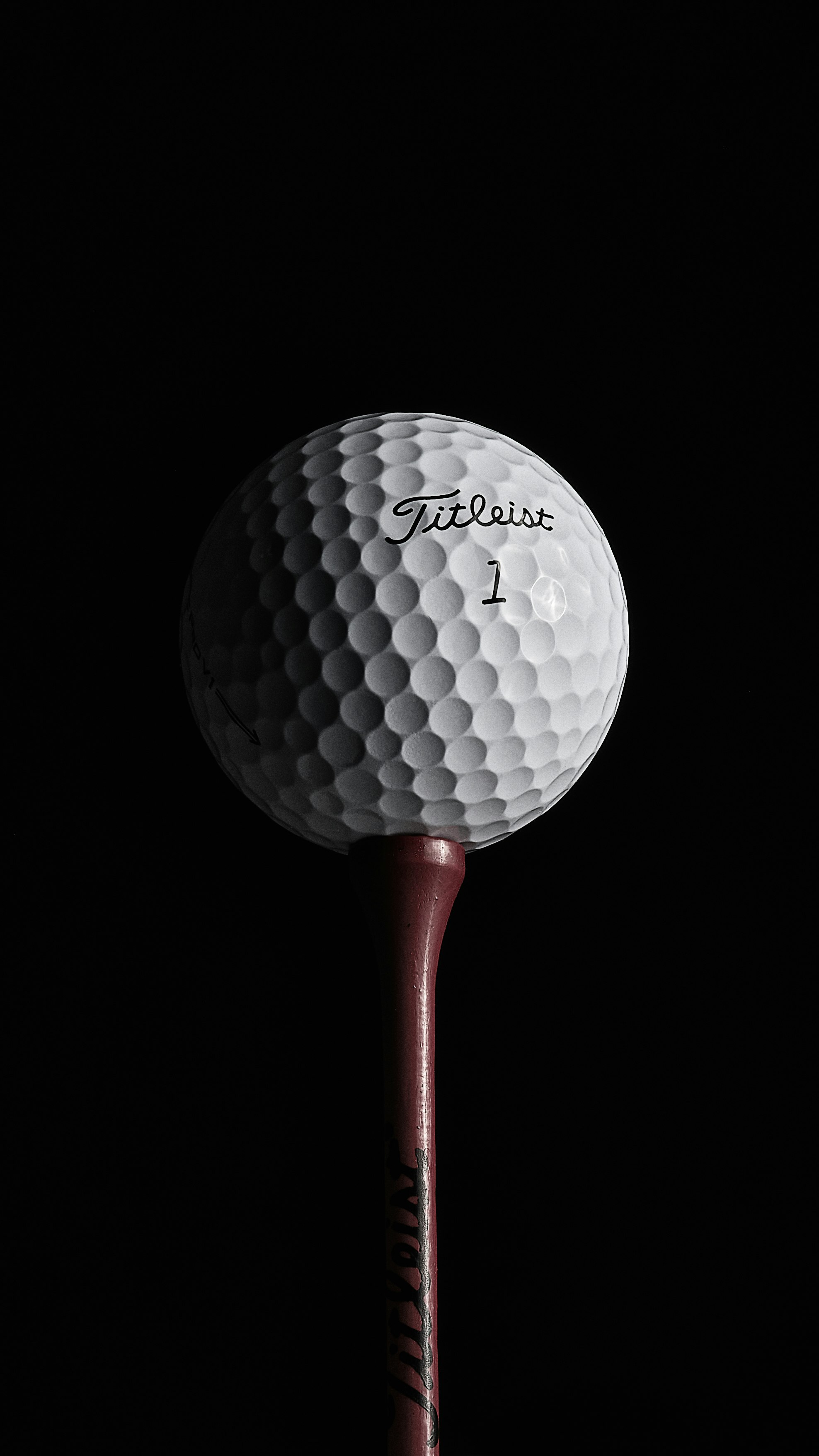
Customizing Your Game: The Right Ball for Your Swing
When it comes to golf, the devil is in the details, and choosing the right golf ball is no exception. For those with a medium swing speed, a low compression golf ball can be a game-changer. These balls offer a softer feel and can help in achieving greater distance, as they compress more easily upon impact, translating to increased ball speed. It's like finding that sweet spot on your golf club every time; the satisfaction is unparalleled. Plus, the lower compression ball can provide real-time feedback, making it easier to adjust your swing on the fly.
For the low handicap golfer, a high compression golf ball might be the best golf balls to add to their arsenal. These balls have a higher compression rating, meaning they are designed for players who can strike the ball with greater force. If you're someone who can consistently hit the same spot with your iron shots, a premium ball with a higher compression could help you control the game better. The firm feel of a hard golf ball can lead to more precise shots, especially when power is not an issue. Remember, it's not just about how hard you hit, but how well you hit hard.
The Science Behind Ball Construction: One Piece to Multi-Layer
When selecting the best golf ball for your game, understanding the construction is crucial. One-piece golf balls are typically reserved for driving ranges and beginners due to their durability and lower cost. However, as you progress, multi-layer balls become more relevant. A three-piece ball, for instance, offers a balance between control and distance, making it a suitable choice for players with a moderate swing speed. These balls have a core, mantle, and cover that work together to enhance performance, providing a blend of feel and stability on various shots.
Multi-layer balls can go up to five layers, each designed to offer specific benefits. For the seasoned golfer, four and five-layer balls can provide nuanced control over spin and trajectory. These advanced balls can offer real-time feedback on your playing style, helping you to adjust your game on the fly. The more layers a ball has, the more it caters to specific aspects of performance, such as spin, feel, and distance. It's about finding the right balance that complements your skills and playing preferences.
Swing Speed Synergy: Matching Ball to Player
For golfers with a slow swing speed, the quest for the best golf ball might lead them to options that are designed to maximize distance. These balls typically have lower compression, allowing for a softer feel and more significant energy transfer at lower swing speeds. This can result in longer drives and better playability for those who aren't hitting the ball as hard. It's about finding a ball that complements your natural swing rather than trying to adapt your style to a ball that doesn't suit you.
Conversely, golfers with a moderate swing speed might find their sweet spot with a medium compression ball. These balls strike a balance between distance and control, offering a versatile performance that can adapt to various shots. The ball's cover plays a significant role here, with softer covers like urethane providing more spin and control, while harder covers like Surlyn offer durability and reduced spin. Matching your swing speed to the ball's compression and cover can lead to a more harmonious game where each shot feels like it's working in your favor.
The Construction of Performance: Layers and Spin
Diving deeper into the construction of golf balls, we find that the number of layers can significantly affect performance. A three-piece ball, for instance, is often considered a premium ball due to its ability to provide a balance between distance and greenside spin. The additional layer allows for more nuanced interaction with the golf club, giving seasoned players the ability to shape their shots with more precision. Whether you're looking for a soft golf ball that offers a gentle landing or a firmer one for those iron shots, the multi-layered construction can cater to your needs.
On the greenside, spin is crucial for control. Balls designed for higher greenside spin can help players stop the ball on the green more effectively, which is particularly useful in approach shots. This is where a soft ball with a urethane cover can shine, as it tends to offer more spin compared to its Surlyn counterparts. However, it's important to note that while expensive balls often boast superior technology and materials, such as urethane covers for enhanced spin, the best golf balls are the ones that match your playing style and provide you with the confidence to make each shot count.
Price: Does It Reflect Quality?
While more expensive golf balls are often associated with higher quality and advanced technology, they may not be necessary for every golfer. Assess your skill level and what you need from a ball before investing in premium balls. Sometimes, mid-range balls can offer the performance you need at a more affordable price.
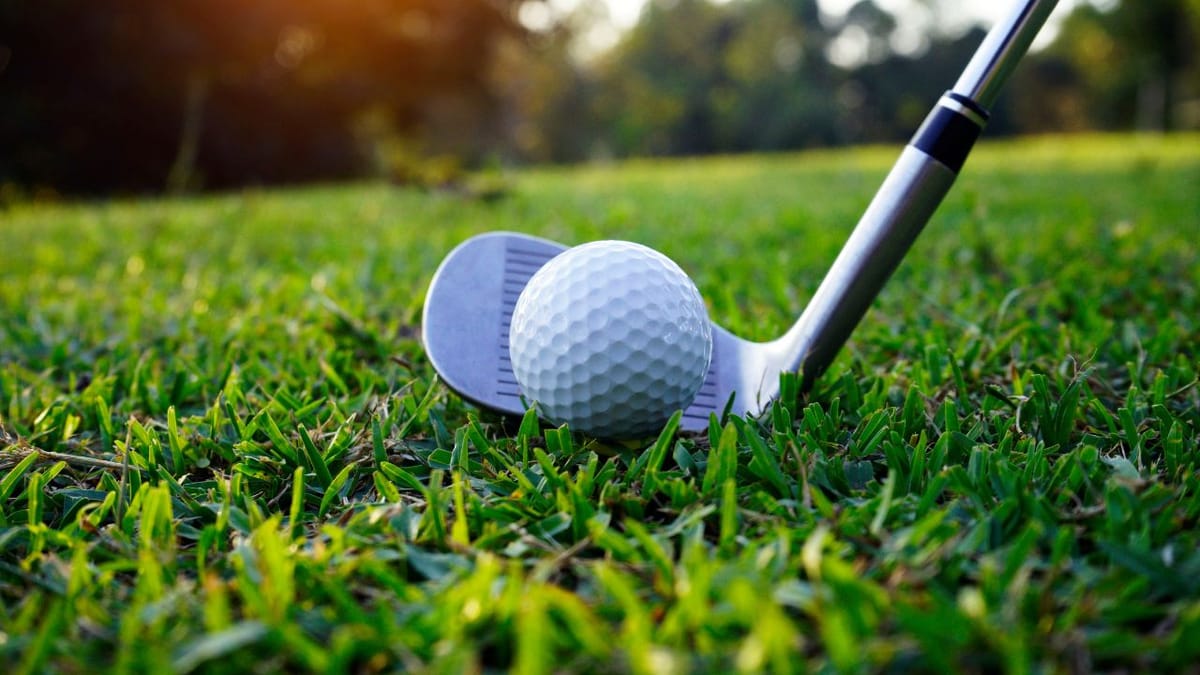
The Mantle Layer
Multi-layer golf balls have a mantle layer between the core and the cover, which can influence the spin and feel of the ball. For example, a firmer mantle layer can lead to a harder ball feel and less spin, while a softer mantle layer can provide a softer feel and more spin on approach shots.
Personal Preferences and Playing Style
Your personal preferences and playing style should ultimately guide your choice. Whether you prioritize distance, spin control, or a soft feel, the right golf ball should complement your game. Don't be afraid to experiment with different balls to find the one that feels best for you.
Seeking Professional Advice
Consulting with a golf professional can provide real-time feedback and recommendations based on your specific needs. They can help you understand the nuances of ball selection and guide you toward the right ball for your game.
Testing on the Course
The true test of whether a golf ball suits you is how it performs on the course. Try playing multiple shots with different types of golf balls to see how they react to your swing and the conditions of the course. This hands-on approach can be invaluable in choosing the right golf ball.
Brand Loyalty vs. Performance
While some golfers have brand loyalty, it's important to focus on performance rather than sticking with a particular brand. Be open to trying balls from various manufacturers to find the best fit for your game.
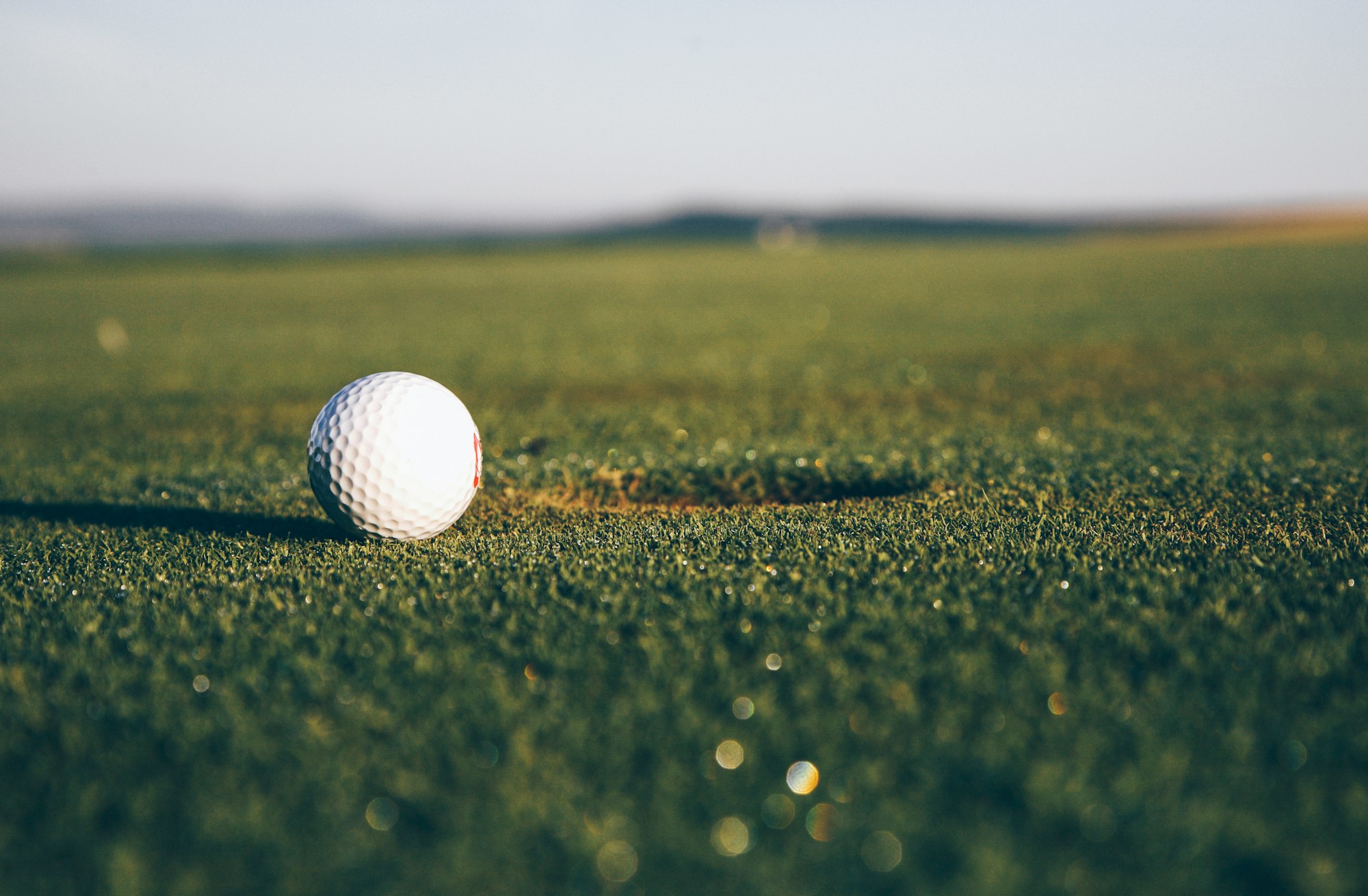
The Impact of Weather Conditions
Weather conditions can affect the performance of a golf ball. For example, in colder weather, a softer ball may perform better as it can compress more easily. Consider the typical weather conditions you play in when selecting your golf ball.
When to Replace Your Golf Balls
Golf balls can wear out over time, affecting their performance. Keep an eye on the condition of your golf ball's cover and replace them when they show signs of significant wear, such as cuts or scuffs.
The Verdict: Finding Your Perfect Match
Choosing the right golf ball involves considering your swing speed, playing style, and personal preferences. It's a balance of performance characteristics like distance, spin, and feel. Take the time to understand the different options and test them on the course to find your perfect match.
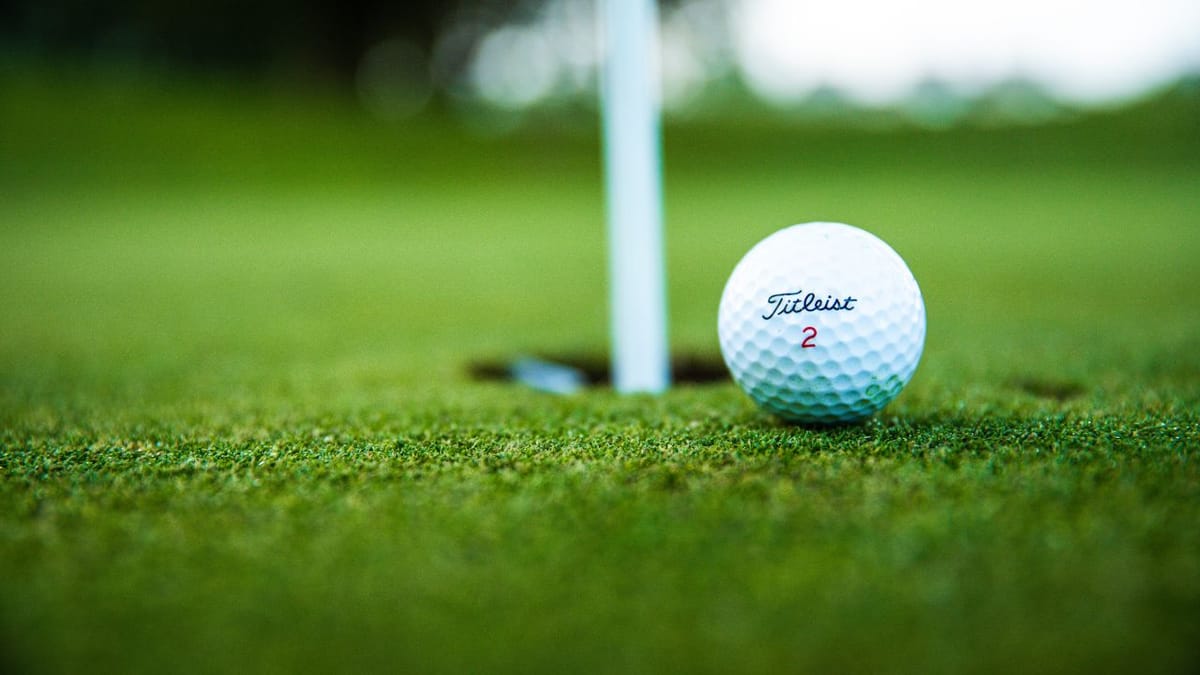
Summary
Selecting the right golf ball is a nuanced process that can have a significant impact on your game. By understanding the types of golf balls, compression levels, cover materials, and spin characteristics, you can make an informed decision that aligns with your playing style and abilities. Remember to consider your swing speed, test different balls on the course, and seek professional advice if needed. Ultimately, the right golf ball is the one that feels best to you and helps you play your best game.
FAQ Section
How often should I replace my golf balls?
You should replace your golf balls when they show signs of wear, such as cuts, scuffs, or loss of their original color. This wear can affect the ball's performance, so it's important to play with balls that are in good condition.
Can the type of golf ball I use really make a difference in my game?
Yes, the type of golf ball you use can significantly impact your game. Different balls are designed to provide various benefits, such as increased distance, better spin control, or a softer feel. Choosing a ball that matches your playing style and abilities can help improve your performance.
Should I always buy the most expensive golf balls?
Not necessarily. While more expensive golf balls often feature advanced technology and materials, they may not be the best choice for every golfer. Consider your skill level, what you need from a ball, and your budget when making your selection. Sometimes, mid-range balls can offer the performance you need at a more affordable price.
